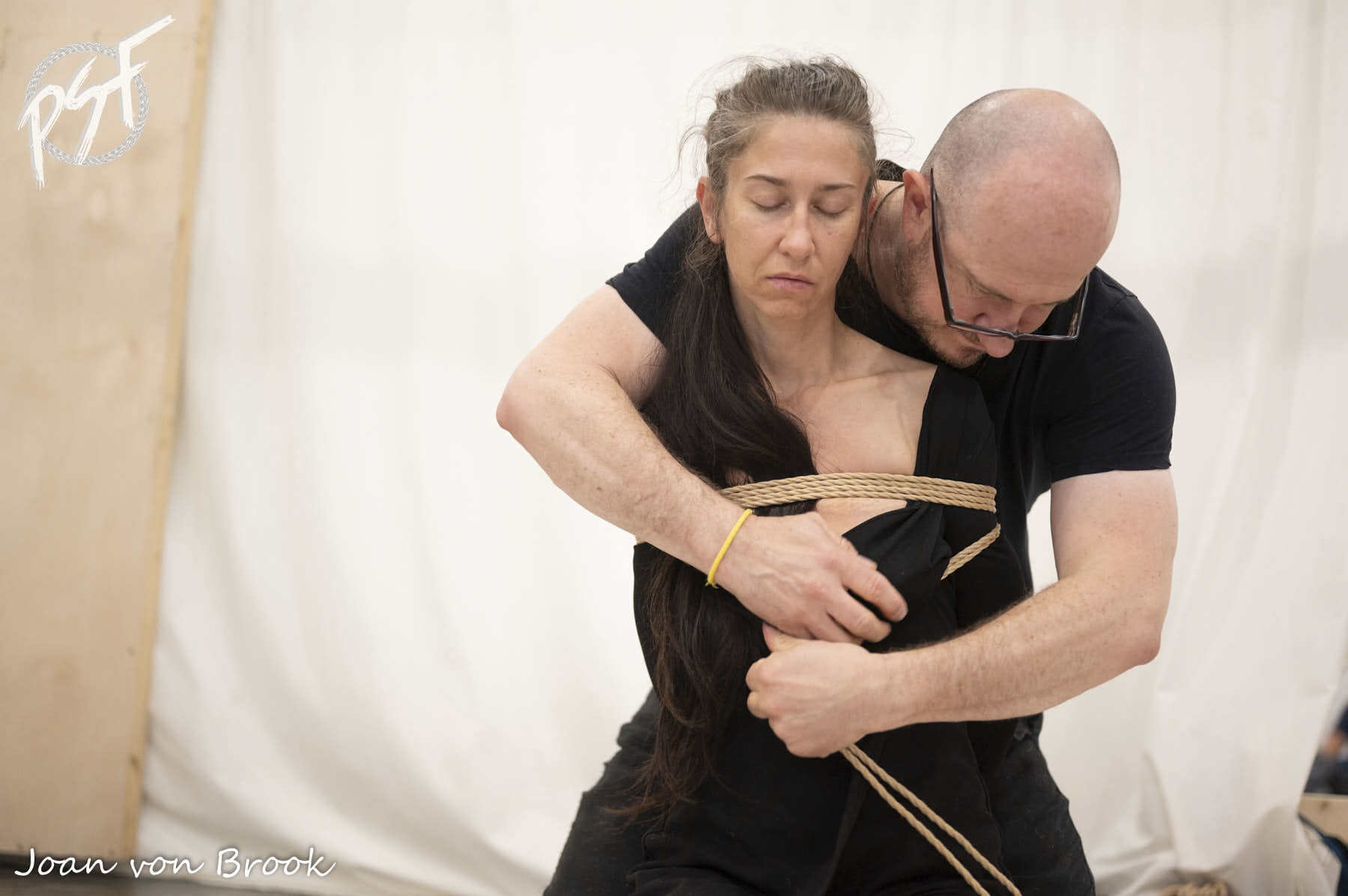Nerve safety is a difficult topic to write about because it is so subjective what people feel inside of themselves and also it is a topic usually heavily loaded with emotions… I am not here to argue with anyone, just sharing what has worked for me personally (being tied for over 12 years very regularly and intensively without nerve damage), as well as for our regular students – rope bottoms.
TECHNIQUE MATTERS
Nerve damage comes from ropes and in most cases it involves bad rope technique.
I often read how nerve safety is a teamwork, and I am really really really! happy to see more awareness and importance given to the rope bottoms staying present and attending to their bodies. I think it goes to a different extreme now.
Let’s re-focus: nerve damage comes from rope, not from inattention.
Good rope technique is a major factor that contributes to safety. It is about correct tension and placement (yes, in accordance with your individual anatomy, where you definitely can help with your feedback), even wraps, correctly constructed harness adequate to the load it needs to take in suspension and dozen of other good “boring” basics, that keep you safe.
Yes, you can contribute by being attentive, knowing your body, keeping relaxed (not adding additional pressure to the Gote, for instance) and so on, but safety starts with good rope technique. Seek good quality IRL education and support your rigger to do regular technical practice. This is the best investment in your safety.
THEORY IS JUST A THEORY
Just thinking about all the colorful diagrams presenting latest “scientific knowledge” about nerve pathways. Guilty as charged, I did it too and drew them on my body as we started teaching. At this point now, I seriously doubt this theoretical knowledge helps anyone, beyond having some ratio for “why” we place the rope here or there on the body. But then again: the nerve pathways are very individual in the body, aren’t they?
I’m asking myself if this overtaught theoretical knowledge is doing more harm than good, by teaching us to rely on external criteria instead of learning to recognise the signals of our bodies.
MOTOR TESTS DON’T WORK AS A PREVENTIVE MEASURE
I mean very popular and widely taught “sensory & motor tests”: run your thumbnail here and there, flex your fingers, test the grip, but don’t forget to test before to know the normal grip etc kind of tests.
Unpopular opinion: I personally don’t find these helpful. Because i don’t entirely understand – as no one ever managed to explain it me – how mobility tests should work as a preventive measure.
Because when they are not moving it is already too late, isn’t it?
Here is the thing: our bodies are always concerned with our safety. The „warning“ sensations come long before the injury happens. And the nerve system staying intact is one of the major concerns of our brain. The CNS (central nervous system) will offer many signals long before any damage can occur. We experience pins & needles, sensation loss, heat /cold sensation, numbness, tingling or prickling or burning – this is all long before we start losing strength and mobility function…
… the nerves are uniquely important to bodily function, and therefore we should expect that any threat to the nerves is one that the CNS takes very seriously… If your nerves’ blood supply is compromised by a certain posture or movement, you can be sure that your central nervous system will get you to unconsciously start fidgeting or moving around to get the blood flowing again. If this doesn’t work, then the CNS will probably warn you with feelings of pins and needles, numbness or pain…
Perhaps it is comforting to know that in the case of nerves, that pain signal is likely to come far in advance of the nerve actually becoming damaged or compromised in its function.
Todd Hargrove
Also: It’s not nerve problem vs. circulation. It’s all nerves, in fact. Nerves are bloodthirsty and they would give an alarm when blood supply is restricted. Because see above: our bodies are always concerned with our safety. The „warning“ sensations come long before the injury happens.
Yes, I know. It is difficult to recognize the signals of your body, especially when you are a beginner. Everything is new and you don’t yet know what to pay attention to and what is critical. The strategy is: slow down.
This is the only working strategy I know: instead of relying on external criteria and the illusion of safety it gives us, take the time to learn good rope technique (as a rigger), to know your body in ropes and develop your self-trust based on your ability to feel yourself (as a rope bottom).
And until then: slow down.
